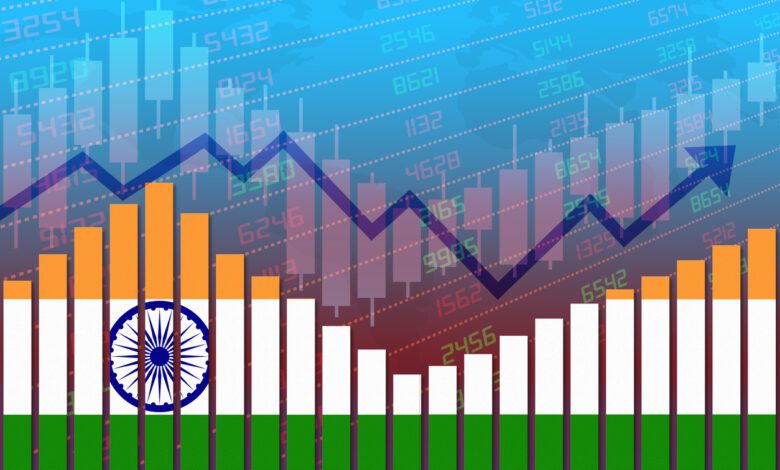India’s GDP to grow by 6.1% in 2023: IMF new forecast
IMF raises India's GDP growth forecast to 6.1% for 2023, with sustained momentum expected at 6.3% in 2024. While advanced economies face growth deceleration due to inflation and policy tightening

International Monetary Fund (IMF) has revised upward India’s Gross Domestic Product (GDP) growth forecast for 2023 to 6.1%, reflecting stronger domestic investments. This positive trend is set to continue, with the growth rate expected to remain steady at 6.3% in 2024.
The recent surge in India’s GDP growth has caught the attention of various international financial agencies. Fitch Ratings, for instance, has raised its forecast for the Indian economy in the fiscal year 2023-24 to 6.3%, citing growth in the April-June quarter and sustained momentum.
Similarly, the Reserve Bank of India (RBI) is optimistic about India’s economic prospects. The RBI has projected a growth rate of 6.5% for the fiscal year 2023-24. In terms of quarterly performance, the central bank anticipates 8% growth in the June quarter, followed by 6.5%, 6%, and 5.7% in the subsequent quarters.
While India is witnessing an encouraging economic rebound, many advanced economies are struggling with a slowdown. The IMF predicts a significant growth deceleration for most advanced economies, with growth rates dropping from 2.7% in 2022 to 1.3% in 2023. This is largely due to policy tightening by central banks in response to inflation, leading to higher borrowing costs and constrained economic activity.
Despite these headwinds, the global economic activity during the first quarter of 2023 remained resilient, mainly driven by the services sector. Advanced economies, including tourism-dependent economies of southern Europe, are experiencing a shift in consumption patterns back towards services as mobility returns to pre-pandemic levels.
The IMF report emphasises that while immediate concerns about the health of the banking sector have eased, high-interest rates are affecting economic activity. This the situation particularly impacts poorer countries struggling with elevated debt costs, hindering their ability to invest in key areas.
The impact of the pandemic has resulted in significant output losses compared to pre-pandemic forecasts, especially for the world’s poorest nations. These countries face significant challenges as they try to navigate economic recovery and growth.



